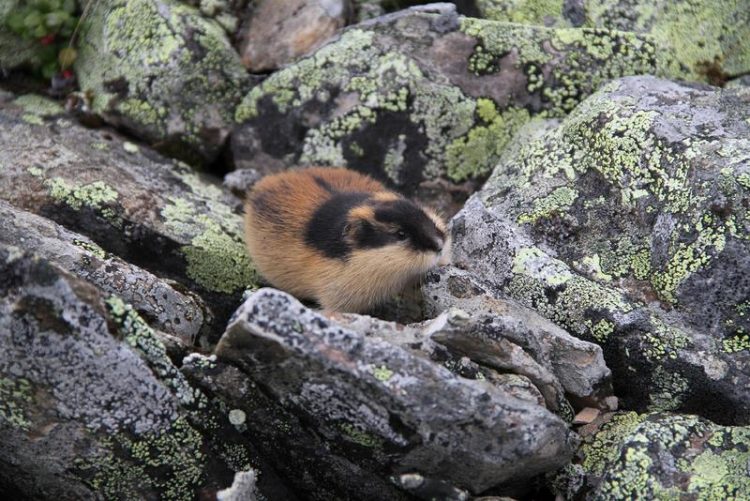DNA from fossils reveal the origin of the Norwegian lemming

The Norwegian lemming is an iconic small mammal that is unique to the Fennoscandian mountain tundra. Swedish Museum of Natural History
The Norwegian lemming is an iconic small mammal that is unique to the Fennoscandian mountain tundra. Known for its dramatic fluctuations in population size, it is a keystone species in the mountain tundra ecosystem. But its origin has until now remained somewhat of a mystery.
Twenty thousand years ago, Fennoscandia was covered by a thick ice sheet. Animals and plants in the region are therefore thought to originate from populations that lived to the south or east of the ice sheet, and colonised Fennoscandia as the ice melted.
With this in mind, and international team of scientists, led by researchers at the Swedish Museum of Natural History, set out to investigate from where the Norwegian lemming originated at the end of the last Ice Age. To do this, the researchers retrieved and analysed ancient DNA from lemming populations that surrounded the ice sheet during the last Ice Age.
– ”We found that even though the populations surrounding the ice sheet were closely related to modern day lemmings, none of them were similar enough to be the direct ancestor of the Norwegian lemming”, says Love Dalén, Associate Professor at the Swedish Museum of Natural History.
After eliminating these populations as potential sources, the researchers concluded that the only remaining explanation was that the Norwegian lemming originates from a population that survived the last glaciation somewhere locally in Fennoscandia.
The exact location where the Norwegian lemming could have survived the last glaciation is not clear, but likely places include coastal areas or mountain plateaus sticking out from the ice sheet.
– ”The Norwegian lemming is the only endemic mammal in Fennoscandia, and its unusual origin is probably the reason why”, says Vendela Lagerholm, lead author on the study.
Love Dalén
Swedish Museum of Natural History
Phone: +46 8 5195 4281
Mobile: +46 70 777 2794
E-mail: love.dalen@nrm.se
Vendela Kempe Lagerholm
Swedish Museum of Natural History
Phone: +46 8 5195 5162
Email: vendela.k.lagerholm@nrm.se
Pressofficer martin Testorf, martin.testorf@nrm,se, +46-709 429011
Media Contact
All latest news from the category: Life Sciences and Chemistry
Articles and reports from the Life Sciences and chemistry area deal with applied and basic research into modern biology, chemistry and human medicine.
Valuable information can be found on a range of life sciences fields including bacteriology, biochemistry, bionics, bioinformatics, biophysics, biotechnology, genetics, geobotany, human biology, marine biology, microbiology, molecular biology, cellular biology, zoology, bioinorganic chemistry, microchemistry and environmental chemistry.
Newest articles

Bringing bio-inspired robots to life
Nebraska researcher Eric Markvicka gets NSF CAREER Award to pursue manufacture of novel materials for soft robotics and stretchable electronics. Engineers are increasingly eager to develop robots that mimic the…

Bella moths use poison to attract mates
Scientists are closer to finding out how. Pyrrolizidine alkaloids are as bitter and toxic as they are hard to pronounce. They’re produced by several different types of plants and are…

AI tool creates ‘synthetic’ images of cells
…for enhanced microscopy analysis. Observing individual cells through microscopes can reveal a range of important cell biological phenomena that frequently play a role in human diseases, but the process of…





















